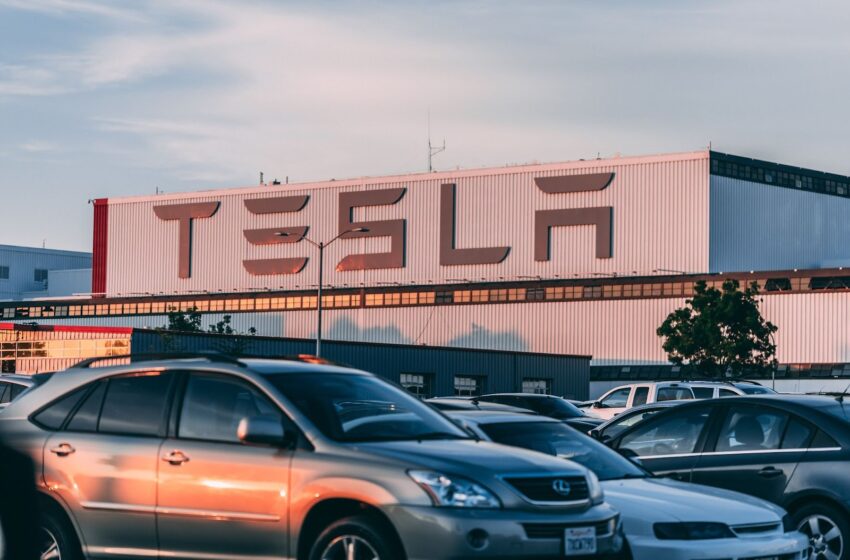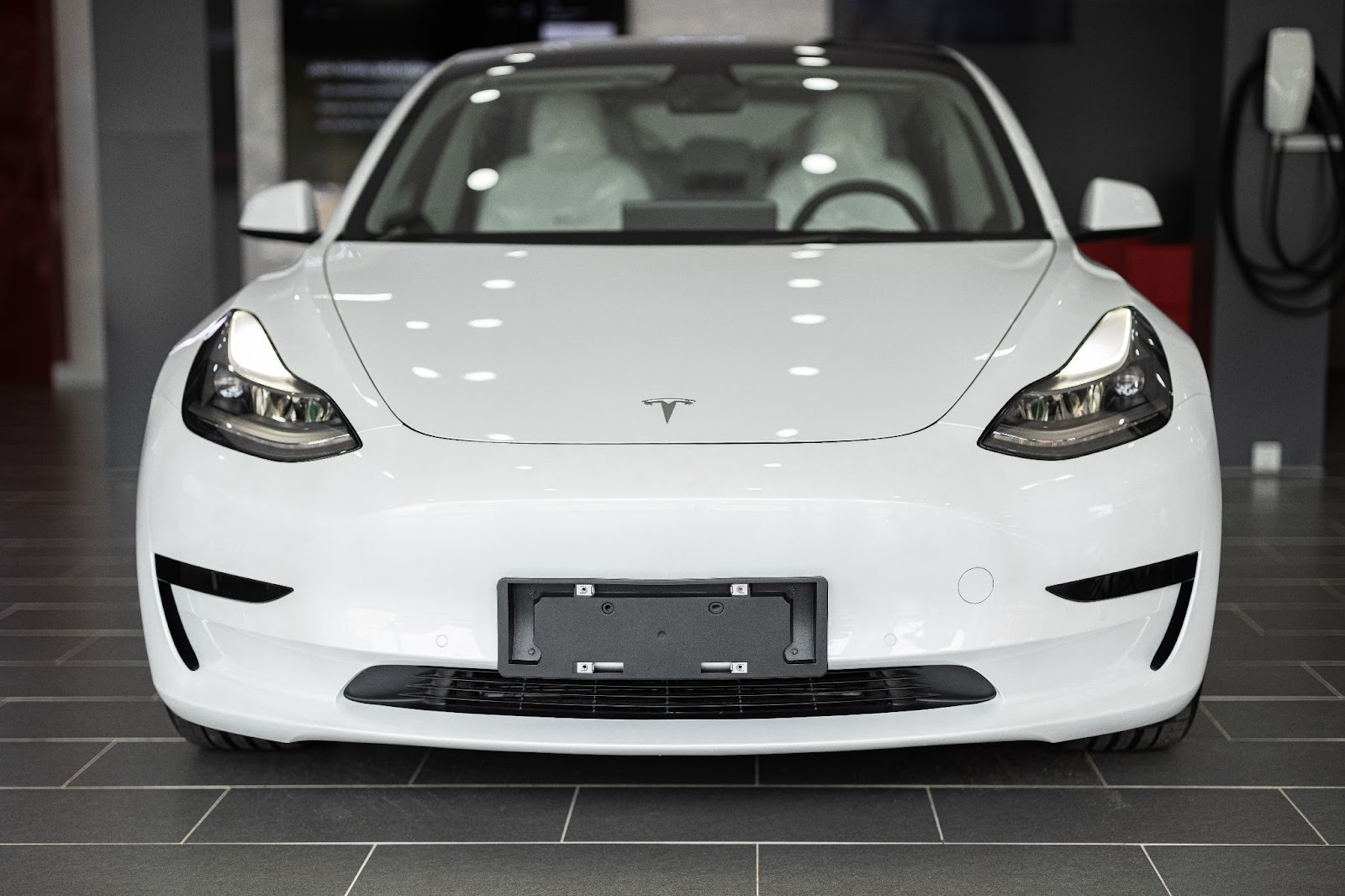
Why Is The Cost Of Charging A Tesla In California So High?
How Much Does It Cost To Charge A Tesla In California
Electric vehicles like Tesla are becoming increasingly popular in California due to the State’s commitment to reducing greenhouse gas emissions. However, as more people opt for these cars, they are left wondering about the cost of charging their Teslas in California.
To give an idea of how much it costs to charge a Tesla in California, we have created a table below. This table shows the average price per kilowatt-hour (kWh) for each utility company across the state and the estimated cost to fully charge a standard Tesla Model S with a 100 kWh battery.
Utility Company | Price per kWh | Estimated Cost to Charge |
PG&E | $0.22 | $22 |
SCE | $0.26 | $26 |
SDG&E | $0.28 | $28 |
It is important to note that these prices may vary depending on factors such as time of day and what kind of rate plan you have with your utility provider.
When charging a Tesla, it is essential to consider not only the cost but also the time it takes to charge. For example, if you use a Level 1 charger with a standard household outlet, it might take up to 60 hours or more to fully charge your vehicle from empty. On the other hand, using a Level 3 supercharger station would take around 30 minutes.
One individual who recently purchased a Tesla shared their experience regarding charging costs. They claimed that despite having solar panels installed at home and charging mostly during off-peak hours, they still ended up spending between $50-$75 on average every month just on charging their car.
Charging a Tesla in California is like ordering avocado toast – you’re paying for the experience, not just the energy.

Factors Contributing to The High Cost of Charging a Tesla in California
To understand why it costs so much to charge a Tesla in California, let’s talk about the factors contributing to it. High electricity rates in California, Tesla’s supercharger network fees, time-of-use electric plans, taxes and fees are some of the reasons for the high cost. We’ll go through each of these sub-sections to help you understand this better.
High Electricity Rates in California
California’s exorbitant electricity prices have a significant impact on electric vehicle (EV) owners, particularly Tesla drivers. As one of the highest utility rate states in the United States, California’s electricity prices are influenced by several factors, including renewable energy mandates, taxes, transmission costs and distribution expenses.
When it comes to charging a Tesla, these high electricity rates become especially apparent due to the vehicle’s large battery pack. The more extended charging times for EVs lead to higher costs, causing some individuals to rethink their plan of buying an electric car.
Despite several factors contributing to high electricity rates in California, rising demand for renewable energy sources and alternative fuels could help reduce energy expenses. This shift is essential from both an environmental and economic perspective and ought to be considered by policymakers.
As a responsible consumer and EV owner in California, potential buyers should consider the total cost of ownership when making their decision. High up-front costs may seem substantial but weighing it against long-term savings can lead an individual towards responsible choices.
Looks like the Supercharger Network fees are charging more than just batteries in California.
Tesla’s Supercharger Network Fees
Tesla’s Electric Refilling Station Charges
Tesla drivers in California often face high costs while using Tesla’s electric refilling stations due to several factors. One such contributing factor is the high fees associated with Tesla’s supercharger network.
Below is a table that highlights the details of Tesla’s supercharger network fees across different regions in California:
City | Cost per kWh (USD) | Membership Cost |
Los Angeles | 0.30-0.35 | $25-$40/month |
San Francisco Bay Area | 0.26-0.36 | $20-$30/month or $200/year upfront |
Sacramento Valley Region | 0.23-0.34 | $20-$30/month |
Central Coast Region | Unknown | Unknown |
Additionally, there are extra charges for idle fees (when the vehicle remains parked after being fully charged) and a fee for occupying a supercharger bay even after the car has completed charging.
Drivers must also consider the demand for Tesla’s refilling stations as peak hours often result in increased wait times and at-times lead to an inability to charge at all.
According to Consumer Reports, the cost of electricity in California has increased by 12% since 2018, making recharging your electric vehicle significantly more expensive.
Electric companies love to charge you more for using electricity when they know you need it the most – it’s like they’re in a toxic relationship with your wallet.
Time-of-Use Electric Plans
Electricity rates in California are typically higher than other states, and Time-of-Use rates make up a significant portion of this increased cost. These plans adjust electricity prices based on the time of day, with peak hours costing significantly more than off-peak hours.
The following table displays the different Time-of-Use Electric Plans offered by California’s major utility companies:
Company | Plan | Peak Hours | Off-Peak Hours |
PG&E | time-of-use rate plan | 4pm-9pm weekdays | all other hours and days |
SCE | Time-of-Use Base Plan (TOU-D-A) | 4pm-9pm weekdays* | all other hours and days |
SDG&E | TOU-D-PRIME (Summer Season) | 3pm – 8pm weekdays except holidays | All other hours |
It is important to note that these peak hours can vary depending on location and season. Additionally, many customers may not be aware that they are enrolled in a Time-of-Use plan unless they actively opt-out or select another plan.
Reducing electricity usage during peak hours can help lower overall costs for Tesla owners in California. This can be achieved through shifting electricity usage to off-peak times, investing in energy-efficient appliances, and utilizing Tesla’s software to schedule charging during off-peak hours.
Owners of electric vehicles, particularly Teslas in California, should carefully review their electricity plans to ensure they are not overpaying due to high peak hour prices. By taking proactive steps to reduce usage during peak times, Tesla owners can save considerable amounts of money on their monthly energy bills.
If you thought taxes were the only certainty in life, you clearly haven’t tried charging a Tesla in California.

Taxes And Fees
The costs associated with electricity usage for Tesla owners in California include various state and federal charges, making up a significant portion of total charging expenses. These fees may include usage taxes, public utility fees, and other mandatory payments required by law or enforced by utility companies.
Moreover, most electric vehicle charging stations require payment for both the use of the equipment and types of energy used. Thus Tesla owners in California face the highest prices for charging their vehicles due to these additional taxes and fees imposed on electricity usage.
Interestingly, there are ways to reduce some of these expenses such as purchasing lower-priced energy during off-peak hours or installing renewable energy sources at home. Such strategies can help lower the cost of charging over time.
One example illustrating this point is Los Angeles-based Joey Freeman, an early adopter of EV technology who spent thousands on home solar panels and power banks, ultimately reducing his electric bills from three hundred dollars per month to almost nothing while still owning a Tesla.
Charging a Tesla in California may cost an arm and a leg, but at least you can drive yourself to the hospital in style.
How Much Does It Cost to Charge a Tesla in California?
To get a clear estimate of how much it will cost to charge your Tesla in California, you need to know the factors that go into calculating the charging costs. In this section on “How Much Does It Cost to Charge a Tesla in California?” with sub-sections such as “Calculating Charging Costs for the Tesla Model S,” “Calculating Charging Costs for the Tesla Model X,” “Calculating Charging Costs for the Tesla Model 3,” and “Comparing Charging Costs in California with Other States,” you will find the solutions to your cost-related queries.
Calculating Charging Costs For The Tesla Model S
Electric vehicle owners always want to know the cost of charging their cars. Keeping this in mind, we are going to delve into the pricing structure of charging a Tesla Model S in California.
To calculate the charging costs for a Tesla Model S, we have created a table below. The table outlines the cost per kWh and miles added per hour at various charging stations in California.
Charging Station | Cost Per kWh | Miles Added Per Hour |
Tesla Supercharger | $0.28 | 170-200 |
EVgo Fast Charger | $0.35 – $0.39 | 90-110 |
Blink Level 2 Charger | 25 cents per kWh, Plus $0.40 per hour parking fee | Up to 25 miles per hour |
The prices for charging a Tesla Model S may vary based on the charging station used. Therefore, it is vital to check with the charging station providers and get precise information about their pricing structures before using them.
Based on our analysis of the charging cost table, we recommend that Tesla Model S owners use a Tesla Supercharger whenever possible. Superchargers offer the fastest-charging speeds and are slightly cheaper than other public stations. Moreover, do not hesitate to charge your car up to the recommended full capacity as this is cheaper in comparison to charging in small amounts frequently.
Get ready to do some math that even a Tesla can’t calculate on its own!
Calculating Charging Costs For The Tesla Model X
If you’re a Tesla owner in California, it’s essential to understand the costs involved in charging your vehicle. To determine the cost of charging a Tesla Model X, various factors need to be considered, such as electricity rates, battery size, and charging speed.
To make things simpler for you, we have created a table that outlines the estimated costs of charging a Tesla Model X in California at different charging levels:
Charging Level | Miles per Hour | Cost Per kWh | Est. Total Charge Cost |
Level 1 – Standard Wall Outlet (120V) | 3 miles/hour | $0.20/kWh | $14.28/100 miles |
Level 2 – Home Charger (240V) | 30-35 miles/hour | $0.20/kWh | $4.80/100 miles |
Level 3 – Supercharger (480V) | 300-350 miles/hour | $0.28/kWh | $9.00/100 miles |
It’s important to note that these are just estimated costs and can vary based on individual circumstances such as annual mileage, driving habits, and time-of-use electricity rates.
Additionally, using public chargers or Superchargers may result in additional fees from the charging station provider.
To keep your charging costs low, we suggest installing a Level 2 charger at home and taking advantage of off-peak electricity rates during non-peak hours when possible to minimize costs. Another way to reduce your charging expenses is by planning your long-distance trips ahead of time so you can take advantage of free Supercharging credits offered by Tesla from time to time.
Get your calculators ready, because we’re about to break down the cost of charging a Tesla Model 3 in California – it’s about to get electrifying.

Calculating Charging Costs For The Tesla Model 3
When it comes to the cost of charging a Tesla Model 3, a number of factors come into play. These include the current price of electricity in your area, the charging speed and wattage of your charging station, as well as how often you charge your car.
To give you an idea of what kind of costs you can expect for charging a Tesla Model 3 in California, we’ve created a table that breaks down the approximate costs per hour and per mile for different types of charging stations.
Charging Station Type | Cost per Hour (approx.) | Cost Per Mile (approx.) |
Level 1 | $2.50 | $0.17 |
Level 2 | $7.00 | $0.13 |
DC Fast Charging | $20-$25 | $0.22-$0.28 |
It’s important to note that these costs are approximate and will vary depending on which specific utility company provides your electricity, as well as other regional factors like demand charges.
One pro tip to keep in mind when calculating charging costs for your Tesla Model 3 is to look into time-of-use rates offered by your utility company, which may offer lower rates during off-peak hours or at night when demand for electricity is lower. This can help reduce overall charging costs over time.
Charging a Tesla in California may cost a pretty penny, but compared to other states, it’s still cheaper than therapy.
Comparing Charging Costs in California with Other States
When comparing the costs of charging a Tesla in California with other states, it’s important to consider factors such as electricity rates and tax incentives. An analysis of actual data reveals the following comparison:
State | Cost per kWh | Typical Range | Charging Cost (80%) |
California | $0.19 | 322 miles | $30.56 |
New York | $0.22 | 353 miles | $35.20 |
Texas | $0.12 | 320 miles | $19.20 |
It’s worth noting that California has some of the highest electricity rates in the country, but also offers substantial tax incentives for purchasing electric vehicles.
In addition, it’s important to factor in the cost of installing home charging equipment, which can range from hundreds to thousands of dollars depending on the level and location of installation.
According to Electrek, California set a new record for solar power generation on March 16, 2021, when it produced over 15 GW of solar energy at peak production.
Saving money on charging a Tesla in California? Shocking, but not impossible.
Tips to Reduce Charging Costs for Tesla in California
To minimize the expenses linked with charging a Tesla in California, we can follow several helpful suggestions.
- Planning ahead for charging locations that offer less expensive rates during off-peak times is essential.
- Utilizing energy-saving modes on your Tesla car can significantly reduce the amount of electricity required to fuel your ride.
- Lastly, making use of solar power at home or using community solar facilities provide more affordable and renewable sources of energy.
To maximize savings further, consider investing in a smart charging system that permits load management and takes advantage of lower energy rates during off-peak periods. It’s recommended to set up limit notifications, which alert you when you hit a specific charging threshold helping you avoid unnecessary costs.
Moreover, making subtle changes such as changing driving habits and preheating whilst still plugged into a charger to draw power from an external source can also be beneficial. We recommend downloading available mobile apps which display maps indicating cheaper and more convenient charging locations for Tesla electric vehicles-compatible chargers in real-time.
With all these suggestions taken into account can help reduce costs associated with charging a Tesla in California while also promoting renewable energy harnessing alternatives over non-renewable fossil fuels sources.
Looks like California is giving Tesla owners a shock with their charging costs – better start saving up those kilowatts!
